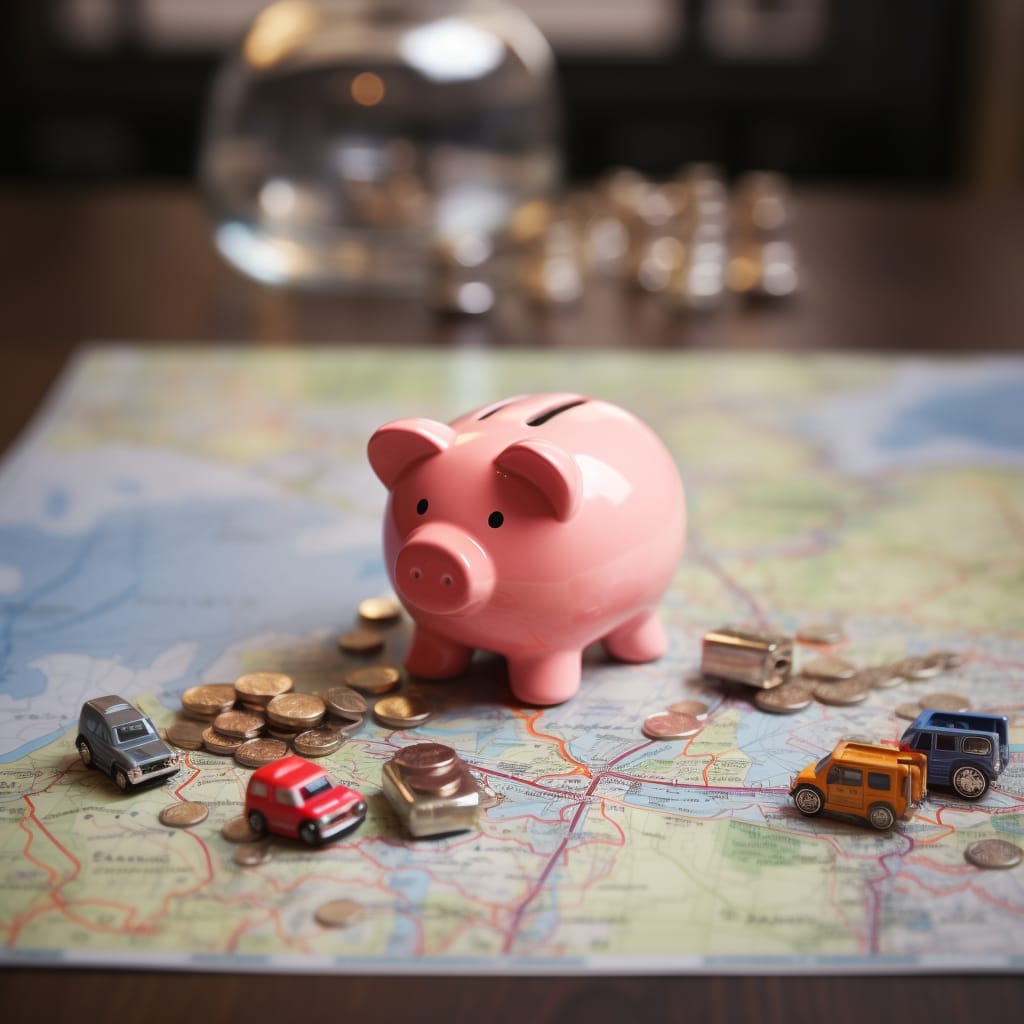Planning for the Unplanned: An Introduction to Emergency Funds

Why You Need an Emergency Fund
The unpredictability of life makes financial preparedness not just a choice, but a necessity. From unforeseen medical bills to the abrupt loss of a job, life's surprises can take a toll on our finances. This underscores the significance of an emergency fund—a cushion that absorbs these financial shocks, preserving your long-term savings and preventing debt accumulation.
Understanding the Concept of an Emergency Fund
Simply put, an emergency fund is a stash of money set aside exclusively for unplanned, pressing expenses. These could range from major health expenses, urgent house repairs, to car breakdowns. The primary goal? To arm you against plunging into debt or prematurely drawing from retirement funds during financial duress.
A noteworthy pointer from the Consumer Financial Protection Bureau emphasizes that households, even with modest non-retirement savings, are in a significantly healthier financial state than those without.
Determining the Size of Your Emergency Fund
The ideal size of an emergency fund varies from one individual to another, largely influenced by personal circumstances and financial obligations. A widely accepted guideline suggests having funds to cover 3-6 months of essential living expenses. Such a buffer provides ample time for recovery, whether it's job hunting or navigating other financial hurdles.
Charting Your Course: Initiating an Emergency Fund
Embarking on the journey to create an emergency fund may seem overwhelming, but with a systematic approach, it's an achievable target:
- Set Clear Objectives: Clearly define how much you aim to accumulate in your emergency fund. With a tangible target, strategizing becomes more effective.
- Begin Modestly: Saving doesn't mean stretching your finances thin. Start with manageable contributions monthly, progressively augmenting as you stabilize.
- Opt for Automated Savings: Leveraging automation—like setting up direct transfers from your main account to your emergency fund—ensures consistent savings, almost making it a seamless process.
- Reassess and Adjust Spending: Periodically examine your budget, pinpointing areas of excess. This could entail cutting back on dining out, reviewing subscription services, or adopting more cost-effective transportation options.
Persevere and Prosper
Cultivating an emergency fund is undeniably a commitment, demanding time, discipline, and sacrifice. Yet, the serenity it offers, the assurance of financial security during turbulent times, is priceless. So, forge ahead with your savings plan, and when life's storms hit, you'll be sheltered and secure.
Building Your Emergency Fund: A Guide to Financial Security
Assessing Your Savings Needs
While individual savings targets might vary based on personal circumstances and needs, a universally accepted guideline is to maintain funds that can cover three to six months of essential living expenses. Such an amount ensures a robust safety net for the majority of financial setbacks.
Illustratively, if you incur $2,000 as monthly living expenses, your emergency fund should ideally range between $6,000 and $12,000.
Kickstarting and Amplifying Your Emergency Fund
While the prospect of starting an emergency fund may seem intimidating initially, breaking the process down into actionable steps can simplify the journey:
- Define Your Target: Begin with a clear savings objective for your emergency fund. An explicit goal facilitates better planning and strategy formulation.
- Commence Modestly: Avoid the urge to save excessively at the start. Instead, focus on saving a manageable sum each month, gradually ramping up as your financial comfort increases.
- Streamline Your Savings: Embrace automation to ensure consistent savings. Direct deposit systems that transfer a portion of your paycheck into your emergency fund can prove immensely beneficial.
- Trim Unnecessary Expenses: Review your budgetary allocations regularly. Identifying and eliminating excesses, be it frequent dining out, superfluous subscriptions, or other avoidable expenses, can boost your savings rate.
- Persist in Your Endeavor: Building a robust emergency fund is a marathon, not a sprint. The journey demands patience and tenacity. Stay the course, continually save, and the peace of mind offered by a substantial financial cushion will be your reward.
Bonus Tips for Efficient Emergency Fund Management
- Segregate Your Savings: Dedicate a separate savings account for your emergency fund to insulate it from routine spending temptations.
- Opt for Liquid Accounts: Ensure that your emergency fund is housed in an account that offers both safety and liquidity—allowing quick, hassle-free access when needed.
- Stay Disciplined: The essence of an emergency fund is in its name—it's for emergencies. Refrain from tapping into it for non-urgent needs or desires. Preserve it for genuine contingencies like sudden job losses, medical exigencies, or urgent repairs.
By internalizing and implementing these strategies, you'll find yourself well-equipped to establish and nurture your emergency fund, ushering in a era of enhanced financial stability.
Conclusion
While we can't predict the future, having an emergency fund can offer peace of mind knowing you're financially prepared for whatever comes your way. Start small, stay consistent, and before you know it, you'll have built a financial safety net that's ready for any emergency.